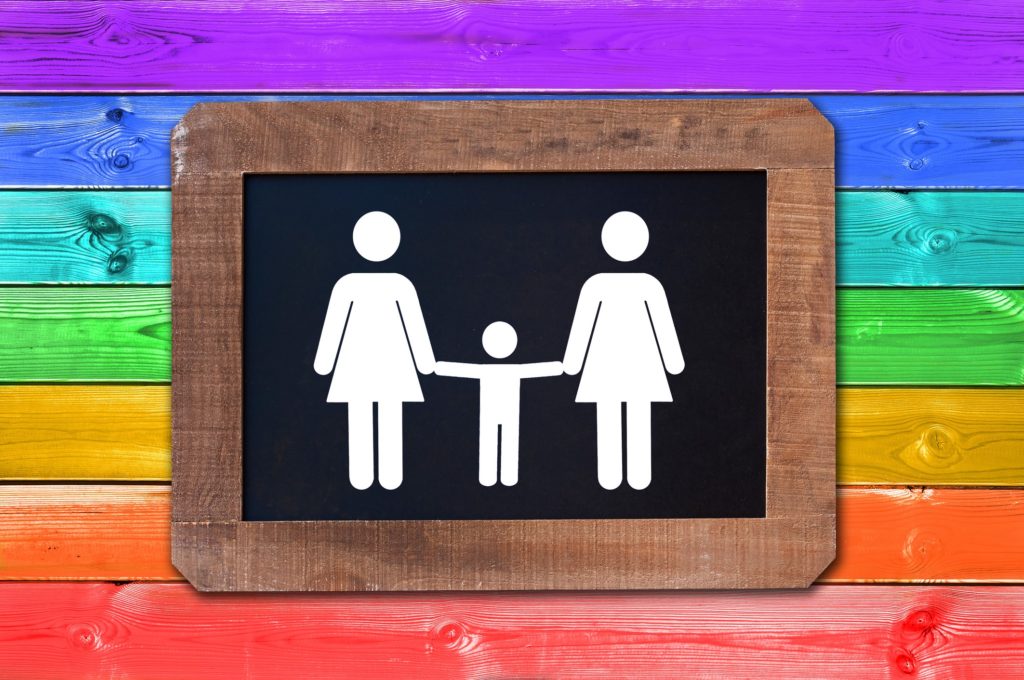Georgia’s Senate recently passed the Keep Faith in Adoption and Foster Care Act (Senate Bill (SB)375), which would permit the state’s foster care and adoption agencies to refuse LGBTQ parents and others who do not share the agencies’ religious beliefs. As reported in Newsweek, the state Senate passed the bill on Friday, February 23.

The implications of this Act would reach deeper than many might think, according to the Human Rights Campaign, a LGBTQ rights organization. Not only would it allow agencies to refuse adoption to LGBTQ parents but also to interfaith couples, single parents and those who have been divorced. It would also impact services offered to LGBTQ youth in care.
In a statement, Marty Rouse, National Field Director of the Human Rights Campaign said, “It’s unfortunate that leaders are focusing on this bill instead of concrete ways to improve the child welfare system in Georgia. We ask the Georgia House of Representatives to reject this bill.”
While detractors, including GLAAD CEO Sarah Kate Ellis, call the Act an imposition of religious values for the purpose of discrimination, others feel the Act will not impact the LGBTQ community in the ways it fears. Georgia Senator William Logan has stated that prospective LGBTQ foster and adoptive parents will be able to go through other non-faith based agencies, adding that such arrangements would allow agencies tied to religion the ability “…to exercise their fundamental right to practice their faith.”
Georgia is a stark contrast to New Jersey, where LGBTQ families are welcomed by the Division of Child Protection and Permanency. To learn more about National LGBT Adoption Laws, click here.






